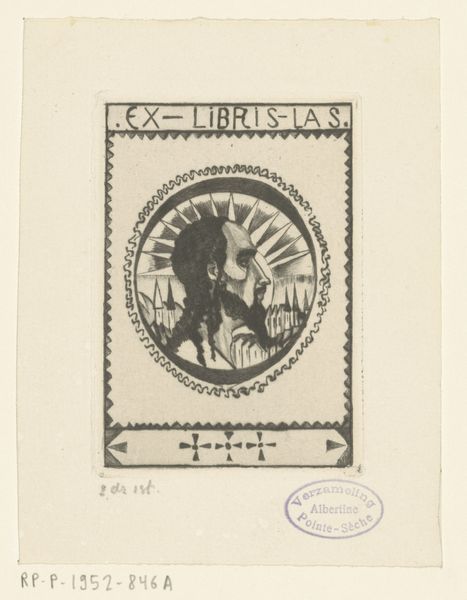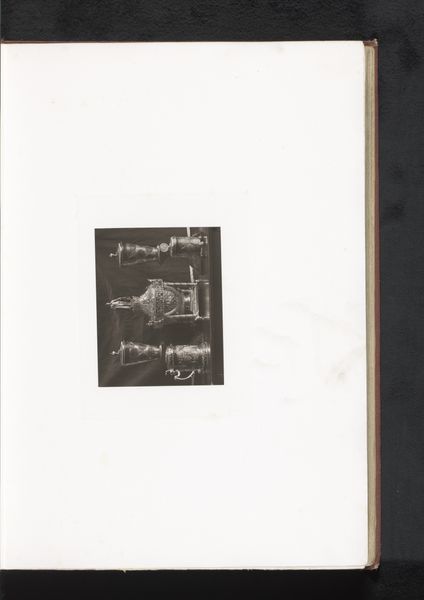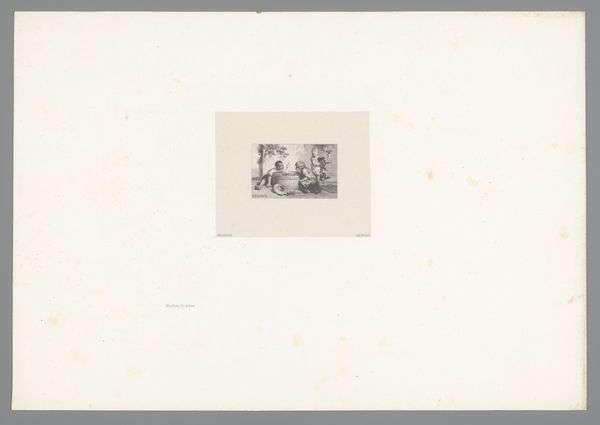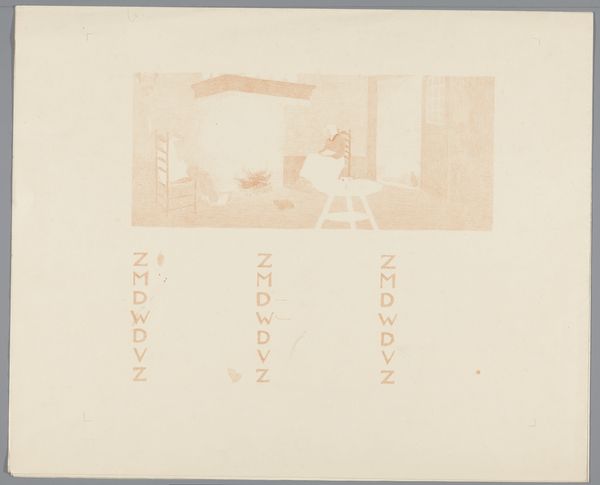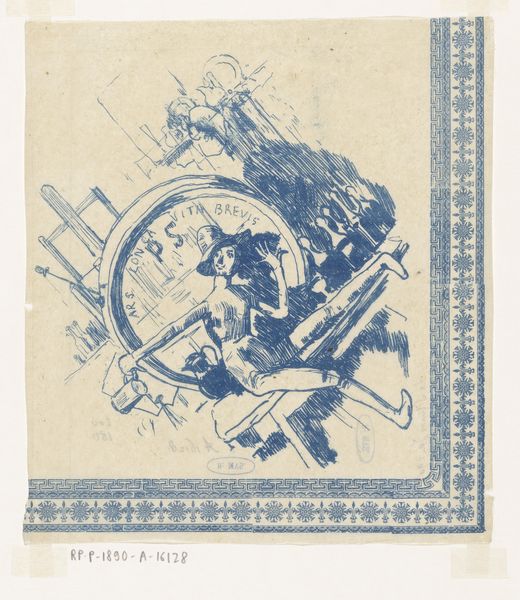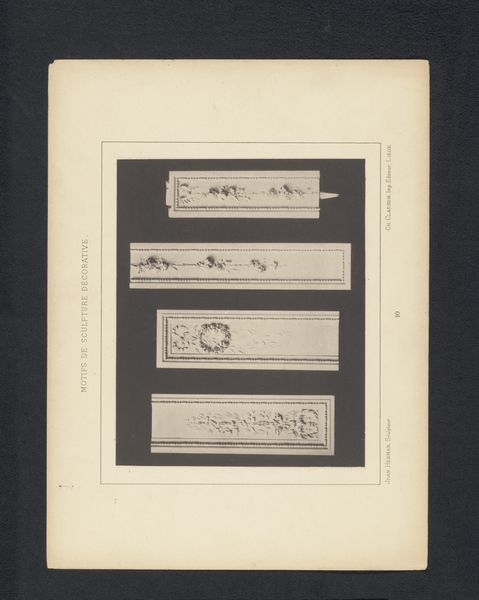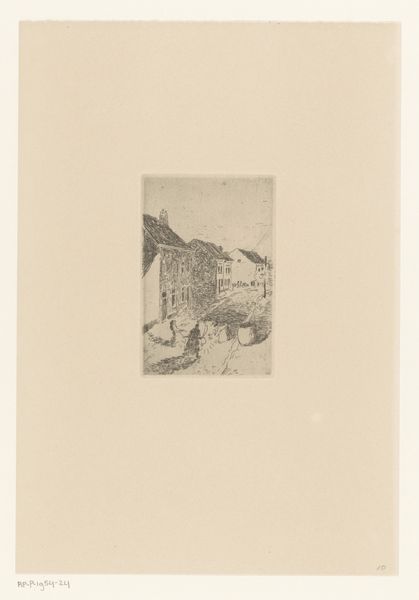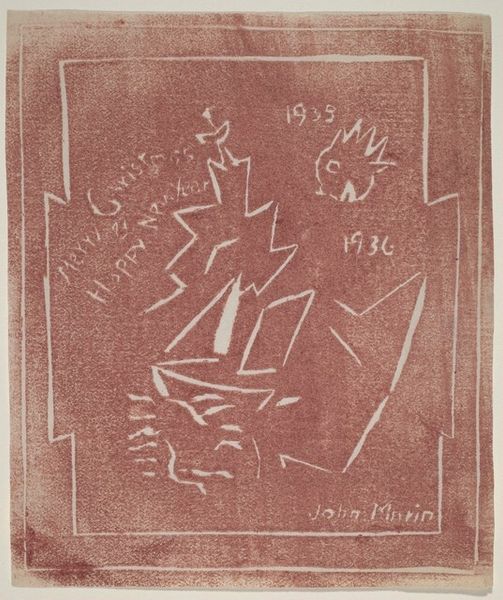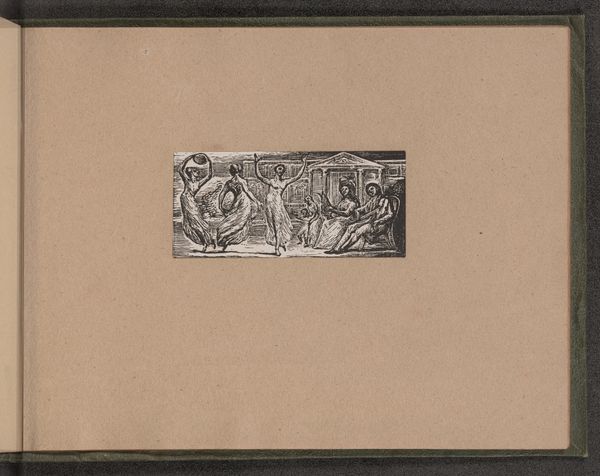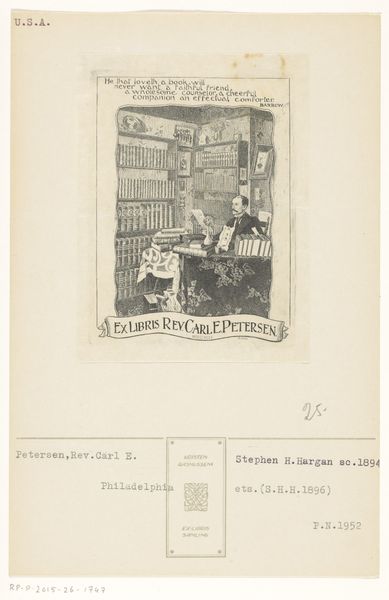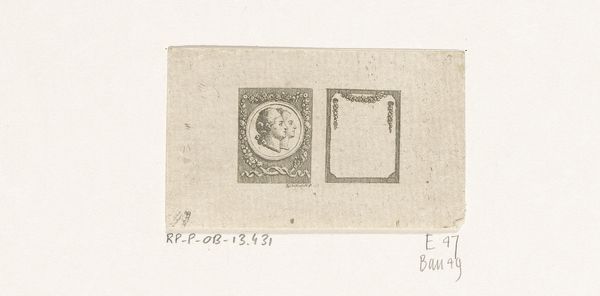
graphic-art, print, woodcut
#
graphic-art
# print
#
woodcut
#
line
#
cityscape
#
modernism
Dimensions: height 108 mm, width 164 mm
Copyright: Rijks Museum: Open Domain
Curator: Immediately striking! The sharp, white lines carved into that dark block give such an impression of industrial might. It has an incredible graphic quality. Editor: Indeed. We are looking at Carel Adolph Lion Cachet’s woodcut from 1916, titled "Stoomschip Jan Pieterszoon Coen," currently residing here at the Rijksmuseum. Curator: Cachet’s interest in ocean liners certainly mirrors a broader fascination with progress in the early 20th century. We must remember Coen himself, of course: controversial to say the least. His name evokes a specific moment in Dutch colonial history. Editor: The choice of a woodcut, too, feels significant. It connects to a tradition of printmaking used for propaganda and mass communication, a very direct engagement with materials to shape public opinion, perhaps idealising this ship for public consumption. Curator: Absolutely. Consider also the artistic climate in the Netherlands at the time, influenced by Modernism, combined with a resurgent national pride invested in empire. Cachet navigates all of this in a single image. How it was displayed, where it was circulated—all become part of understanding this woodcut's power. Editor: Right, we see the sharp lines, but what about the labor? The hand involved? Each groove meticulously carved—think of the hours dedicated to producing the block to create a statement for The Netherlands. The rough quality also suggests the difficulty and danger inherent in building something on such a grand scale, both the ship and an empire. Curator: The almost heroic presentation certainly overshadows the forced labor and extraction involved in obtaining those materials! How often are those silenced voices actually represented when such national icons are crafted and consumed? Editor: A crucial question! Considering the impact of globalized trade and access to resources in the Netherlands. I think Cachet’s woodcut prompts us to grapple with the real materials of history, not just its celebrated images. Curator: Well, examining those contrasting views is why this artwork is still engaging over a century later. Editor: It certainly encourages a multi-faceted perspective!
Comments
No comments
Be the first to comment and join the conversation on the ultimate creative platform.

